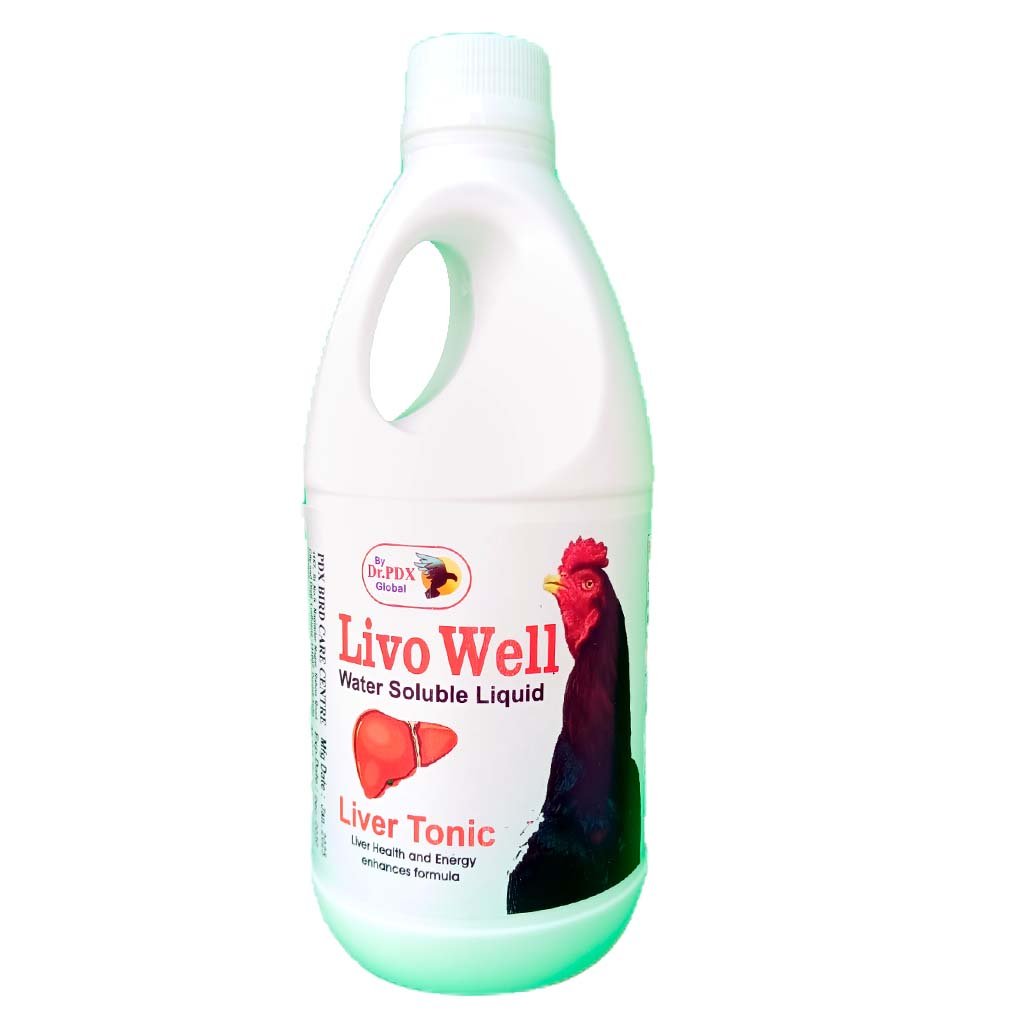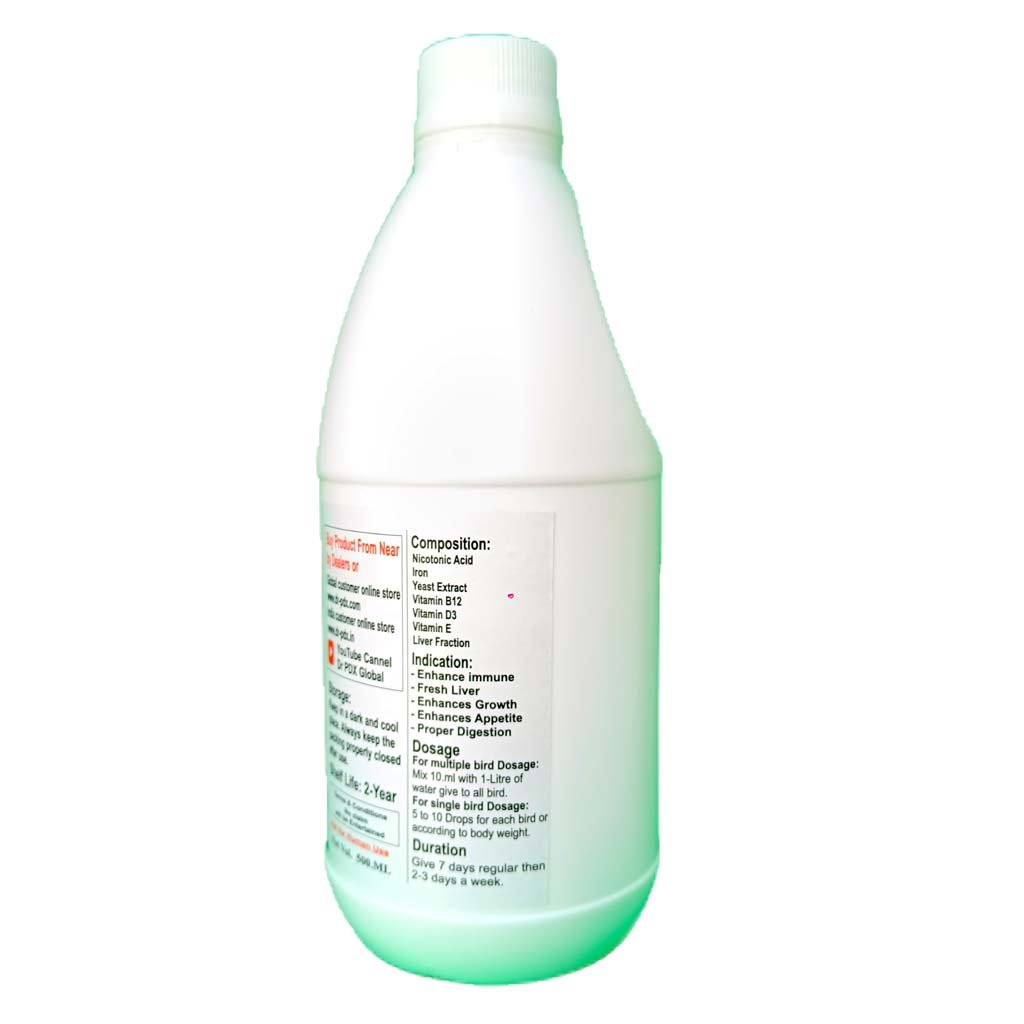Cure Liver, Weakness and Lethargy Treatment Suppliment
Breaking The Food Particles
The gizzard is a very powerful organ which physically breaks the food particles into smaller sizes to make the work of the enzymes easier. At the same time, the enzymes previously released into the food with the saliva and by the proventriculus are thoroughly mixed into the food which improves their opportunity to carry out their work. This breaking and mixing function of the gizzard is enhanced by the presence of insoluble grit such as stones.
The food material enters the duodenum from the gizzard. Enzyme activity in this region is, in the main, a continuation of the breakdown of proteins started in the gizzard. Pancreatic juice and bile from the liver enters via ducts located at the distal end of the duodenum at about the junction of the duodenum and the jejunum if it were differentiated. However, because of back flow of pancreatic juice and bile towards the gizzard, the actions of these secretions start earlier in the digestive process than would be expected by their entry point to the small intestine. One effect is an increase in the pH of the intestinal contents of the latter half of the duodenum from strongly to weakly acid.
- In addition to enzymes, the pancreas produces insulin and sodium bicarbonate. The insulin is involved in the maintenance of blood sugar levels while the sodium bicarbonate, which is strongly alkaline, will increase the pH of the intestinal contents.
Reducing Complex Food Compounds
The small intestine also produces enzymes that plays part in the digestive process of reducing the complex food compounds eaten to the simple compounds or building blocks that can be absorbed across the intestinal wall for transport to the organ or location where either they will be further processed, stored or used. Food materials that escape enzyme action along this tract are subjected to bacterial breakdown in the caeca which provides a system of at least partial recovery of some nutrients.
Waste (Faeces)
The remainder of the material consists of waste and undigested food and are mixed with the urine in the cloaca and eliminated from the body as faeces. The appearance of the faeces varies considerably, but typically is a rounded, brown to grey mass topped with a cap of white uric acid from the kidneys. The contents of the caeca are also discharged periodically as discrete masses of brown, glutinous material.
Liver
The liver is a bi-lobed organ that lies ventrally (below) and posterior (in rear of) to the heart and is closely associated with the proventriculus and the spleen. The right side lobe is larger. The liver is dark brown or chocolate in colour except for the first 10-14 days when it may be quite pale due to the absorption of lipids (fats) from the yolk as an embryo. It weighs approximately 50 grams in adult birds. The capsule, or glissosis, is the membrane that covers the liver and is thinner than that of mammals.
The gall bladder lies on the right lobe beneath the spleen. Two bile ducts emerge from the right lobe and one of these originates from the gall bladder and the second provides a direct connection from the liver to the small intestine. A system of ducts connects the right and left lobes.
There are a number of functions that are performed by the liver:
Bile formation – consisting of bile, various pigments and bile salts. Bile is involved in the digestion of fats to fatty acids and glycerol
The metabolism of:
- carbohydrate
- lipids
- protein
Production and destruction of blood cells
Synthesis of plasma proteins and fibrinogen (associated with blood clotting)
Storage of glycogen, fat and fat-soluble vitamins e.g. vitamin A
Detoxification of certain substances (detoxify – destroy the poisonous effect)
The liver cells have a high rate of destruction and a good regenerative capacity (re-growth ability). Notwithstanding this, in the normal animal, much of the organ is in reserve and can be removed or destroyed without causing undue stress.
Treatment Method:-
Single Bird Dosage:- Give 10-Drops With 20-ml Plain Water. 2-3 time a day.
Multipal Bird Dosage:-Mix 20ml in 1 litter drinking water.
Treatment duration:- 3 to 5 Days. If Critical situation Repeat Process 7 Days
Suggestion for bird Liver health and protection: Give 2 days after every 10-15 days.
Product Storage: Keep place cool, dark and dry place. Protect from heat and direct sunlight. Close bottel cap propperly after use.
If you need any other information about this product please contact.
Dr. Rajvir Grewal: WhatsApp no. +91-9463990900.











